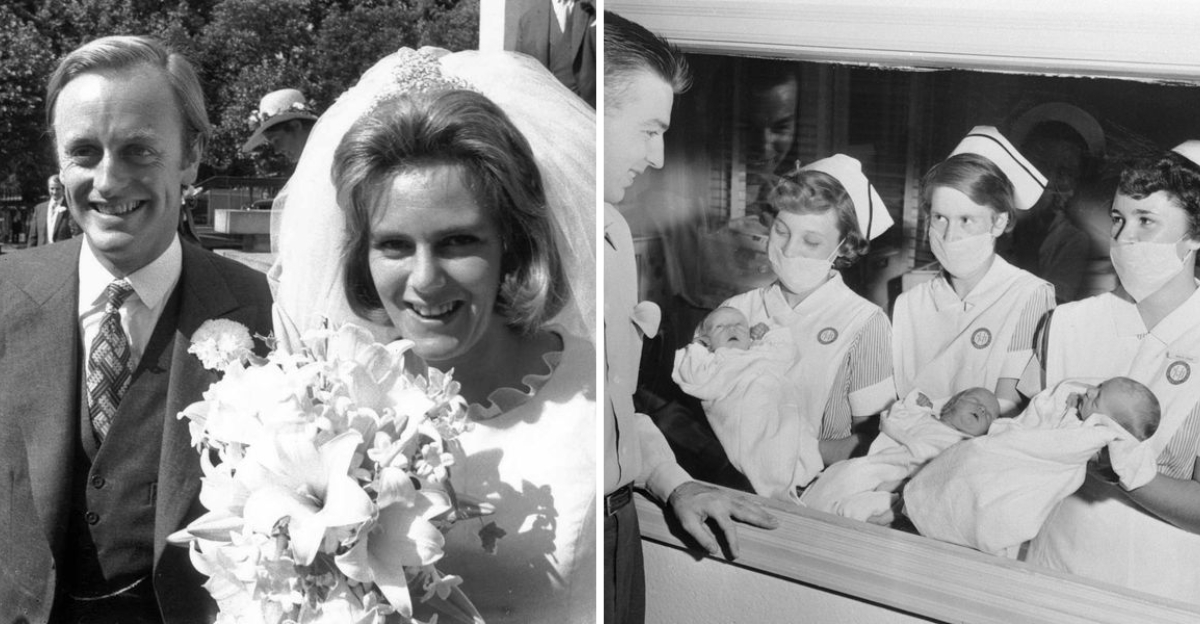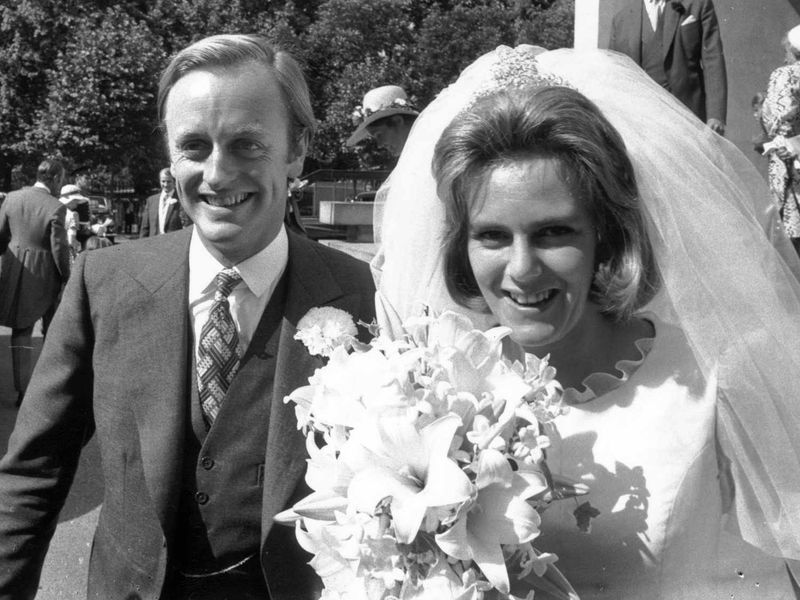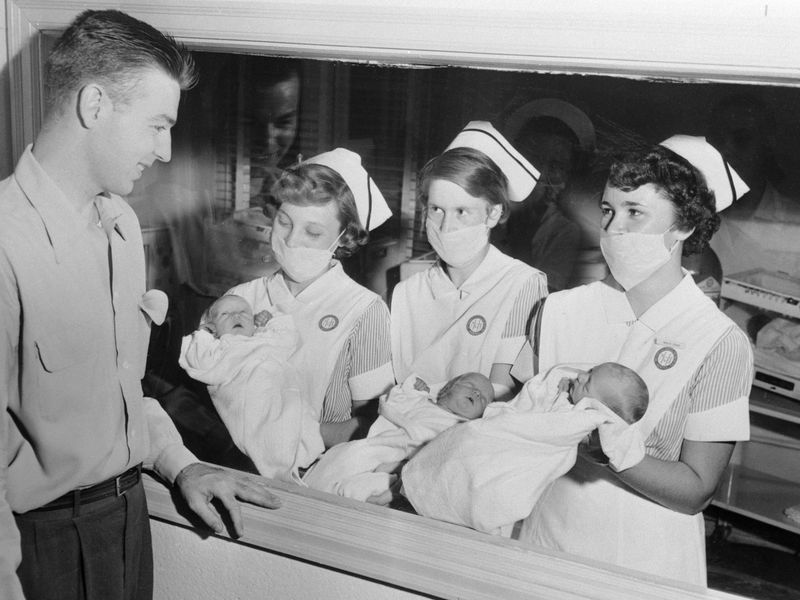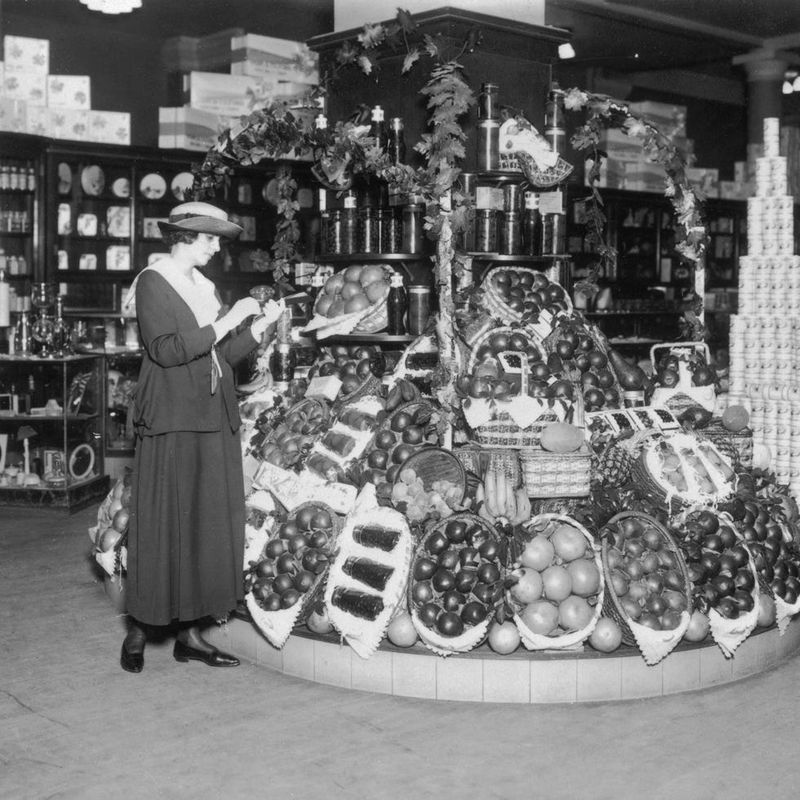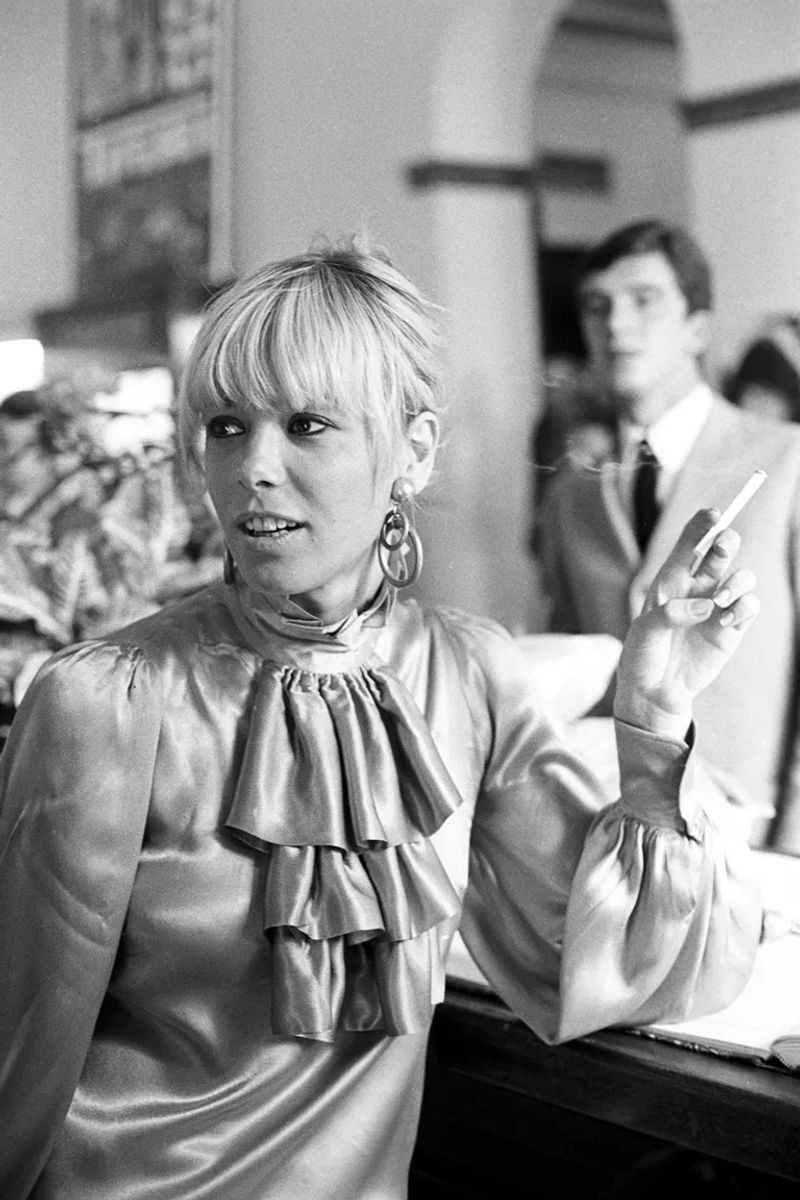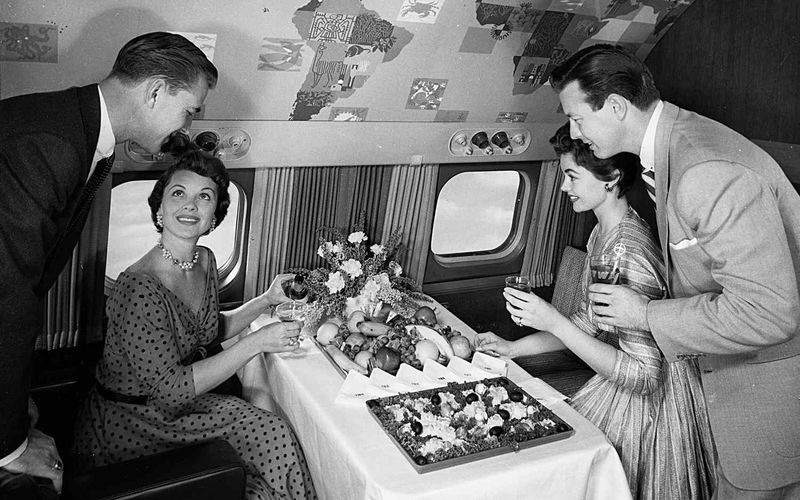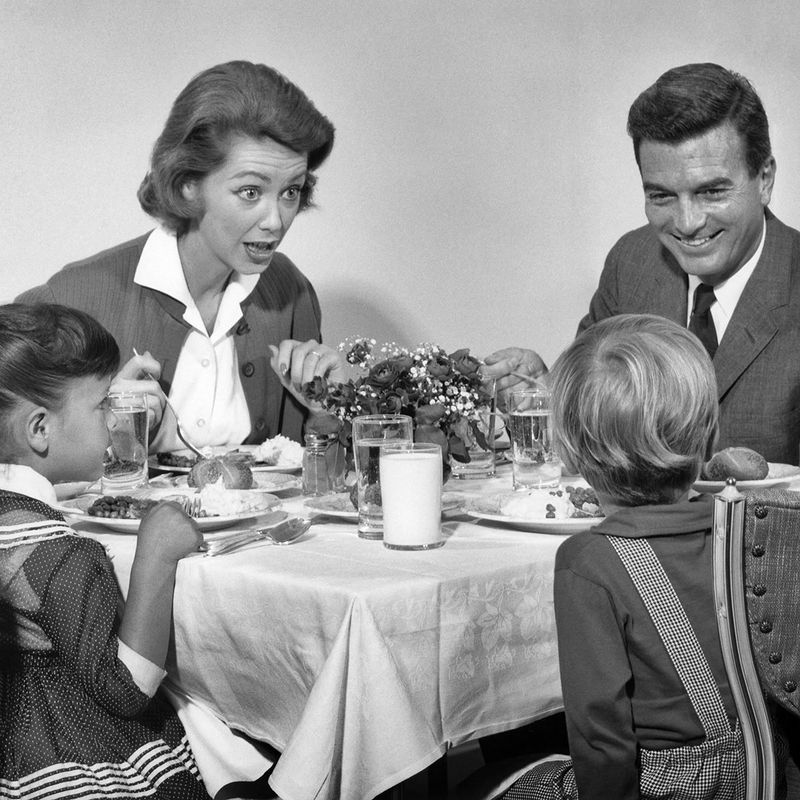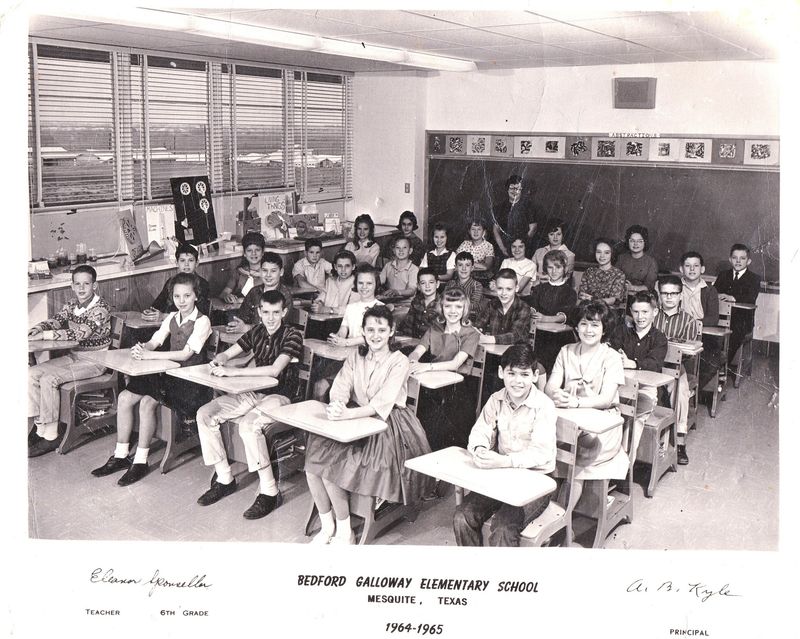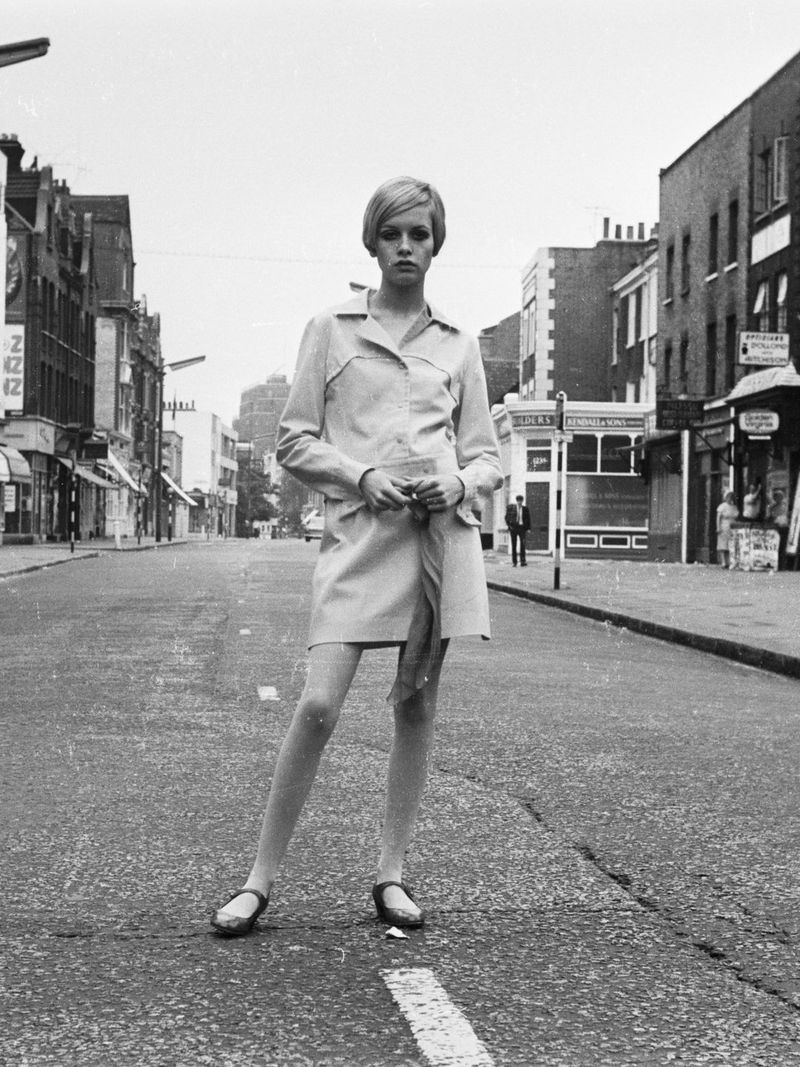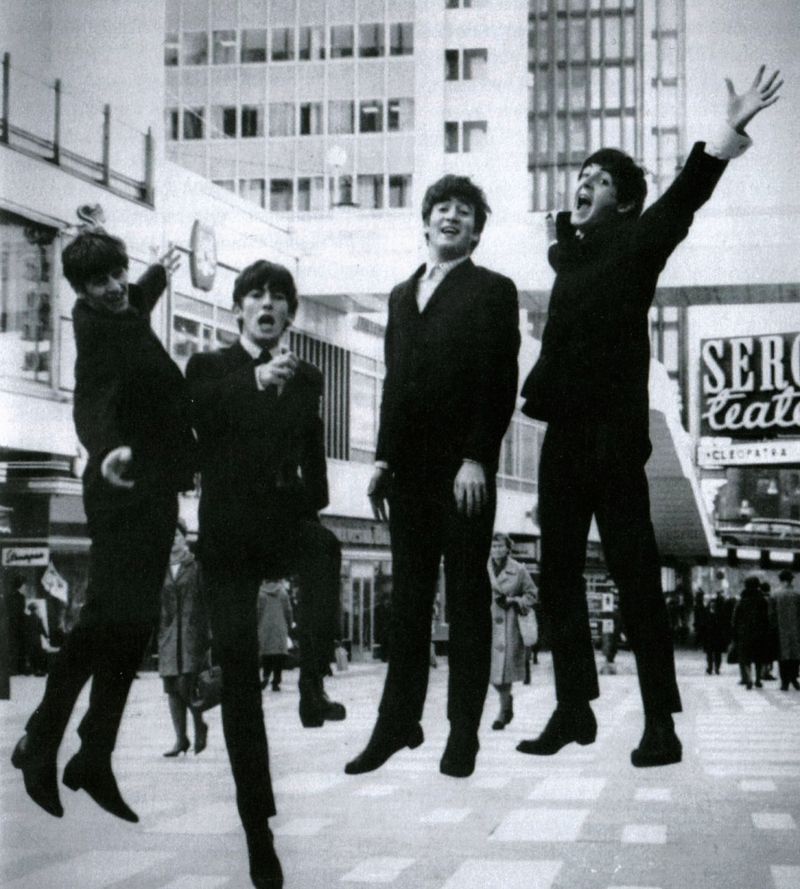The 1960s were a transformative decade, marked by cultural revolutions and technological advancements. Yet, amidst the changes, everyday life retained its unique charm. This blog post explores nine fascinating aspects of normal life during this iconic era.
Married Life
Married life in the 1960s often revolved around traditional roles. The husband was typically the breadwinner, while the wife managed household duties.
Marriage was considered a lifelong commitment, with divorce rates relatively low compared to later decades. Social gatherings were common, fostering a sense of community among neighbors.
Many couples aspired to own a suburban home, reflecting the era’s optimism and prosperity. Television became a central part of family life, with evenings often spent together watching favorite shows. This period laid the groundwork for evolving marital dynamics.
Pregnancy and Childbirth
During the 1960s, pregnancy and childbirth were celebrated yet quite traditional. Many women opted for hospital births, with fathers often waiting in designated rooms.
The era marked the transition towards more medicalized childbirths, with increasing use of epidurals. Despite the medical advances, home births remained popular, especially in rural areas.
Maternity fashion evolved, showcasing empire-waist dresses that allowed comfort and style. Advice on pregnancy was shared within communities, often based on personal experiences rather than medical literature. This communal support played a crucial role in easing the journey for many mothers.
Shopping Habits
Shopping in the 1960s was an experiential delight. Department stores were the heart of retail, offering a wide range of products under one roof.
Women typically took charge of shopping, from groceries to fashion, in vibrant markets and chic boutiques. Credit cards emerged, changing consumer habits and making purchases more accessible.
The era also saw the rise of shopping malls, providing a social hub for communities. Window shopping became a favorite pastime, allowing people to admire the stylish displays. This vibrant shopping culture epitomized the consumer boom of the decade.
Smoking Culture
Smoking was a pervasive aspect of 1960s culture. It was socially acceptable and even fashionable, with advertisements often glamorizing the habit.
Cigarettes were commonplace in homes, workplaces, and public spaces, reflecting their cultural significance. Many movie stars and public figures endorsed smoking, influencing public perception.
Despite growing health concerns, smoking was deeply ingrained in social rituals, such as coffee breaks and gatherings. The era also saw the introduction of warning labels, marking the beginning of public health campaigns against smoking. This cultural shift began to challenge societal norms.
Travel and Vacations
Travel in the 1960s was an exciting and evolving experience. The era saw a significant increase in air travel, with jet planes making distant destinations more accessible.
Families often took road trips, exploring national parks and visiting relatives. Motels and diners dotted highways, providing convenient stops for travelers.
International travel became a symbol of prestige, with Europe being a popular destination. The era also welcomed the concept of package holidays, making travel more affordable for the middle class. This newfound mobility broadened horizons, enriching lives across generations.
Dining and Cuisine
Dining in the 1960s was a family-centric affair, often centered around the dinner table. Home-cooked meals were the norm, featuring casseroles, Jell-O salads, and roast dinners.
TV dinners gained popularity, offering convenience to busy families. Eating out was a special treat, with drive-ins and diners becoming cultural staples.
Social gatherings frequently included potluck dinners, where neighbors shared their favorite dishes. The decade also saw the introduction of international cuisines, such as Italian and Chinese, broadening culinary horizons. Mealtimes were cherished moments, fostering family bonds and community spirit.
Education and Schooling
Education in the 1960s was characterized by structured curricula and traditional teaching methods. Classrooms were formal, with desks neatly arranged and blackboards dominating the front.
Discipline was a key component, with uniforms and strict rules in place. The decade emphasized science and math, driven by the space race and technological advancements.
Extracurricular activities, such as sports and music, played an integral role in student life. Schools were community hubs, hosting events and fostering social interactions. This era laid the foundation for educational reforms that shaped future generations.
Fashion Trends
Fashion in the 1960s was bold and revolutionary, reflecting the decade’s dynamic spirit. The era saw the rise of mod fashion, characterized by vibrant colors and daring designs.
Mini skirts, bell-bottoms, and bold patterns became iconic, symbolizing youthful rebellion and freedom. Fashion icons like Twiggy and the Beatles influenced global trends.
The decade also embraced ethnic and bohemian styles, celebrating individuality and cultural diversity. Fashion was a form of self-expression, breaking away from conservative norms. This period of sartorial innovation continues to inspire designers and fashion enthusiasts today.
Music and Entertainment
The entertainment scene in the 1960s was vibrant and transformative, dominated by music. The British Invasion introduced bands like the Beatles, reshaping global music culture.
Rock ‘n’ roll, Motown, and folk music gained immense popularity, influencing social movements and youth culture. Concerts and music festivals became essential social events.
Television also played a significant role, with shows like “The Ed Sullivan Show” showcasing musical talent. The era’s entertainment landscape was a melting pot of innovation, creativity, and cultural exchange, leaving a lasting legacy on future generations.
